Conversation
03.03.23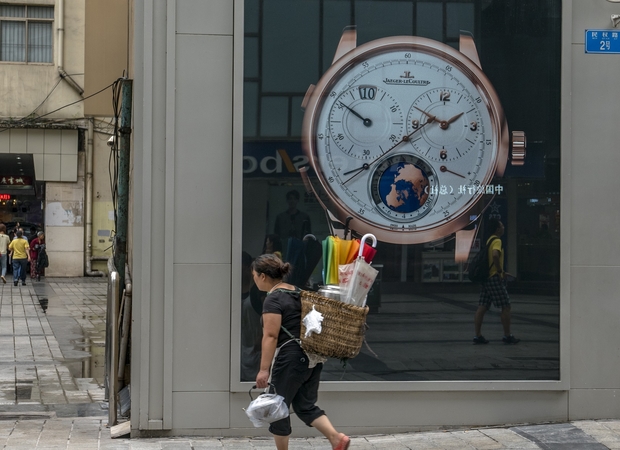
Xi Jinping Says He Wants to Spread China’s Wealth More Equitably. How Likely Is That to Actually Happen?
On the eve of the “Two Sessions,” Xi Jinping’s leadership position is now secure as he embarks on a third term. But China faces severe headwinds in reviving the economy, boosting employment, and managing local government debt. In past crises, China’...
ChinaFile Recommends
09.28.17‘My Parents Say Hurry up and Find a Girl’: China's Millions of Lonely ‘Leftover Men’
Guardian
When Liu returned to his childhood village to celebrate Chinese New Year, his parents had arranged a familiar and depressing task for him: a series of speed dates. Over a week back in rural Jiangxi province, he met half a dozen potential wives in...
Books
06.01.17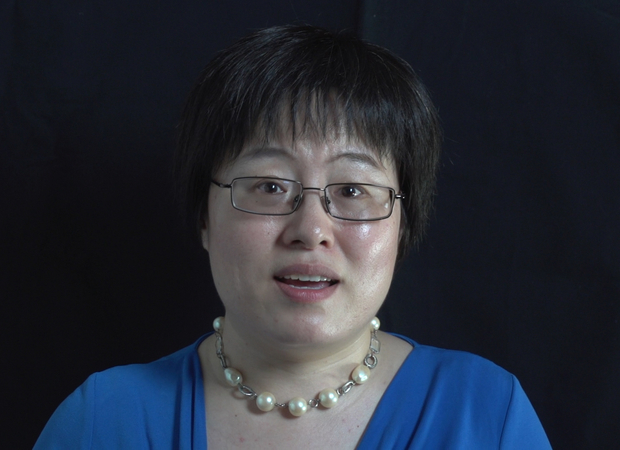
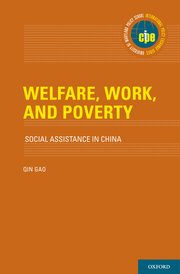
Welfare, Work, and Poverty
Welfare, Work, and Poverty provides the first systematic and comprehensive evaluation of the impacts and effectiveness of China’s primary social assistance program—the “dibao,” or “Minimum Livelihood Guarantee”—since its inception in 1993. The dibao serves the dual function of providing a basic safety net for the poor and maintaining social and political stability. Despite currently being the world’s largest welfare program in terms of population coverage, evidence on the dibao’s performance has been lacking. This book offers important new empirical evidence and draws policy lessons that are timely and useful for both China and beyond. Specifically, author Qin Gao addresses the following questions:How effective has the dibao been in targeting the poor and alleviating poverty?Have dibao recipients been dependent on welfare or able to move from welfare to work?How has the dibao affected recipients’ consumption patterns and subjective well-being?Do they use dibao subsidies to meet survival needs (such as food, clothing, and shelter) or to invest in human capital (such as health and education)?Are they distressed by the stigma associated with receiving dibao, or do they become more optimistic about the future and enjoy greater life satisfaction because of dibao support?And finally, what policy lessons can we learn from the existing evidence in order to strengthen and improve the dibao in the future?Answers to these questions not only help us gain an in-depth understanding of the dibao’s performance, but also add the Chinese case to the growing international literature on comparative welfare studies. Welfare, Work, and Poverty is essential reading for political scientists, economists, sociologists, public policy researchers, and social workers interested in learning about and understanding contemporary China. —Oxford University Press{chop}Related Reading:“Welfare, Work, and Poverty: How Effective is Social Assistance in China?,” by Qin Gao, China Policy Institute: Analysis
ChinaFile Recommends
12.20.16Are China’s Schools Failing?
Bloomberg
China's much-lauded education system remains riven by inequality, with far-reaching consequences for schools, students and, ultimately, the economy
ChinaFile Recommends
04.12.16Scalped: At China's Creaking Hospitals, Illegal Ticket Touts Defy Crackdown
Reuters
Those tickets will get a patient in front of a doctor in two days, compared with a wait that can be up to a fortnight.
ChinaFile Recommends
10.26.15Not Enough Women in China? Let Men Share a Wife, an Economist Suggests
New York Times
“No one is forcing anyone to accept ‘one wife, many husbands!’ ”
ChinaFile Recommends
10.23.15China’s Other Women
Time
Under Mao, China promoted socialist equality for women, but the market-reform era has left many commodified in a country where mistress can be a career choice.
ChinaFile Recommends
12.05.14China Mulls Giving Migrant Population More Equal Rights
Xinhua
China's migrant population may get equal access to more public services formerly restricted to the locals, according to a draft document of the government.
Viewpoint
08.05.14
Equal in Inequality?
For the past several months, readers around the world have been buying, discussing, and even occasionally reading Capital in the Twenty-First Century, French economist Thomas Piketty’s magisterial analysis of the relationship between capitalist...
ChinaFile Recommends
10.18.12China Faces Tough Choice on Growth
Wall Street Journal
China's latest evidence of sputtering growth underlines a dilemma for its incoming leaders: They can shore up the economy by doubling down on an exhausted growth model, or take a risky political bet on reforms that could worsen the slowdown in...
Reports
01.01.11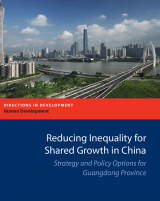
Reducing Inequality for Shared Growth in China: Strategy and Policy Options for Guangdong Province
World Bank
This report is the result of a partnership of the World Bank and the Guangdong provincial government to assess economic and regional inequality in Guangdong. It defines three major types of inequality: Absolute poverty, Inequality of Opportunity,...
Reports
10.01.10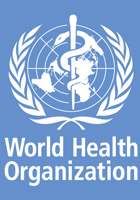
Measuring Health Workforce Inequalities
Luo Xiaoyuan
World Health Organization
Measuring health workforce inequalities: methods and application to China and India is for users and producers of quantitative data in support of decision-making for health policy and practice, including statistical analysts, researchers, health...



